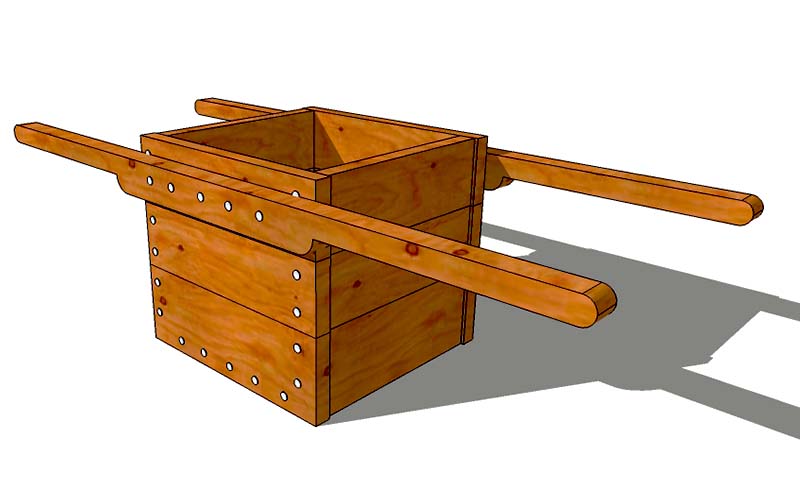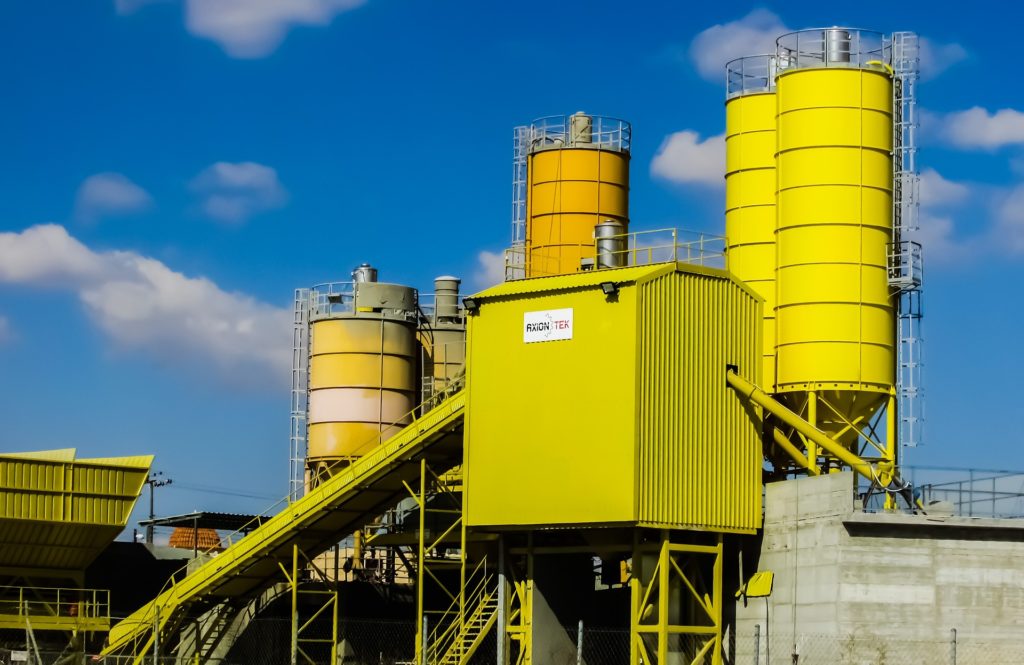Introduction
Concrete batching is an essential step in the production of concrete and is carried out early in the process. It involves measuring and mixing the necessary ingredients, including cement, aggregates such as sand, gravel, or crushed stone, water, and admixtures, in the right proportions to create a concrete mixture that meets the desired quality and consistency.
Materials batching is a critical step in the concrete production process, as the quality of the final product is largely dependent on the accuracy of the batching process. Concrete is typically batched by weight or volume, with the proportions of each ingredient carefully controlled to ensure that the resulting concrete has the desired strength, workability, and durability. The aggregates, cement, and water must be measured with an accuracy of ± 3% of the batch quantity, while admixtures should be measured within 5% of the batch quantity.
Method of Concrete Batching
There are two common approaches for batching materials: volume batching and weight batching. The decision on which method to use is influenced by various factors, including the scale of the project, desired production rate, and desired level of batching performance. In general, weigh batching is recommended for critical construction projects.
Volume Batching
For small construction projects, it’s generally advised to use volume batching. In this method, the quantity of each solid ingredient is measured by loose volume using a standard gauge box. It’s worth noting that the amount of solid granular material in a cubic meter is not fixed, as the volume of moist sand in a loose condition weighs less than the same volume of dry compacted sand. However, cement is always measured by weight, regardless of the batching method.
A bag of cement (50 kg) has a volume of 0.035 m3, which is equivalent to the volume of one gauge box. The gauge boxes are designed to be deeper with a narrow top surface, making it easier to estimate the top level. If volume batching is adopted, corrections need to be made for the bulking effect of fine aggregate, and water is measured in either kilograms or litres, taking into account the density of water in kg/L.

Weight Batching
Weigh batching is the preferred method for all critical construction projects. Various types of weight batching are used, and for smaller projects, manual batching is typically performed. In manual batching, all weighing and batching operations are done by hand, and ordinary platform weighing machines may be used. For larger projects, weigh bucket equipment is used, where weigh buckets are filled from hoppers and discharge ingredients directly into the mixer by gravity.
Automatic batching plants are also available, ranging from small to large capacity, and they can be operated manually or electrically, but they all follow the same principle. By pressing a button, the weighing of all different materials is initiated, and the flow of each is stopped when the correct weight is reached. Recently, some batching can even graphically record the weight of each material delivered to each batch. In weigh batching, water is not added using graduated buckets because the water may spill over during the addition. Instead, a horizontal or vertical tank is fitted to the mixer, and the filling is designed to have control to allow any desired quantity of water to be added.

Comparison of Volume and Weight Batching
Volume and weight batching are two methods used to measure the ingredients of concrete during the batching process. Here are some differences between the two:
- Measurement Units: Volume batching involves measuring the ingredients by volume, such as in litres or cubic meters. Weight batching, on the other hand, involves measuring the ingredients by weight, such as in kilograms or pounds.
- Accuracy: Weight batching is generally more accurate than volume batching. This is because the density of the materials can vary, and it is easier to measure weight accurately than volume. In weight batching, the exact amount of each ingredient can be measured and controlled, resulting in a more consistent and precise mix.
- Time and Efficiency: Volume batching is generally faster and more efficient than weight batching. This is because the process of measuring by volume is simpler and less time-consuming than measuring by weight, which requires more steps such as the taring of scales and recalibration. Volume batching is also more suitable for small projects or on-site batching, while weight batching is more commonly used in larger batching plants.
- Availability of Equipment: Volume batching requires equipment such as measuring containers or buckets of known volume, while weight batching requires weighing scales. The availability and accuracy of the equipment can affect the choice of batching method.
- Types of Materials: Volume batching is generally more suitable for materials that are easily poured, such as sand and gravel, while weight batching is more suitable for materials that are easily weighed, such as cement and water.
FAQs
Q: What is batching of concrete?
A: Batching of concrete is the process of measuring and combining the necessary ingredients such as cement, aggregates, water, and admixtures in the correct proportions to produce concrete of the desired quality and consistency.
Q: Why is batching of concrete important?
A: Batching of concrete is critical to ensure that the final product has the desired strength, workability, and durability. Accurate batching of ingredients is essential for achieving the desired properties of the concrete, and any deviation from the required proportions can result in inferior quality or even unusable concrete.
Q: What are the different methods of batching concrete?
A: The two most common methods of batching concrete are weight batching and volume batching. In weight batching, the ingredients are measured by weight, while in volume batching, the ingredients are measured by volume.
Q: Where can batching of concrete be carried out?
A: Batching of concrete can be carried out on-site, at a concrete batching plant, or in a mobile mixer truck, depending on the specific project requirements and available resources.
Q: What are some common problems that can occur during batching of concrete?
A: Common problems that can occur during batching of concrete include inaccurate measurement of ingredients, incorrect proportioning of ingredients, and inadequate mixing. These problems can result in poor quality or defective concrete.
Also read:
- Storage of Cement at Site. | Best time and period of storage
- What is Plum Concrete?
- What is Ready Mix Concrete? | Types of Ready Mix Concrete
![]()







